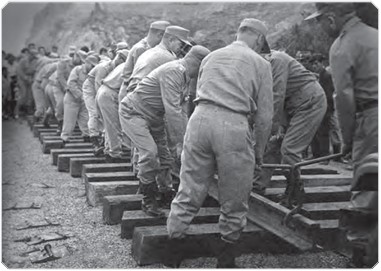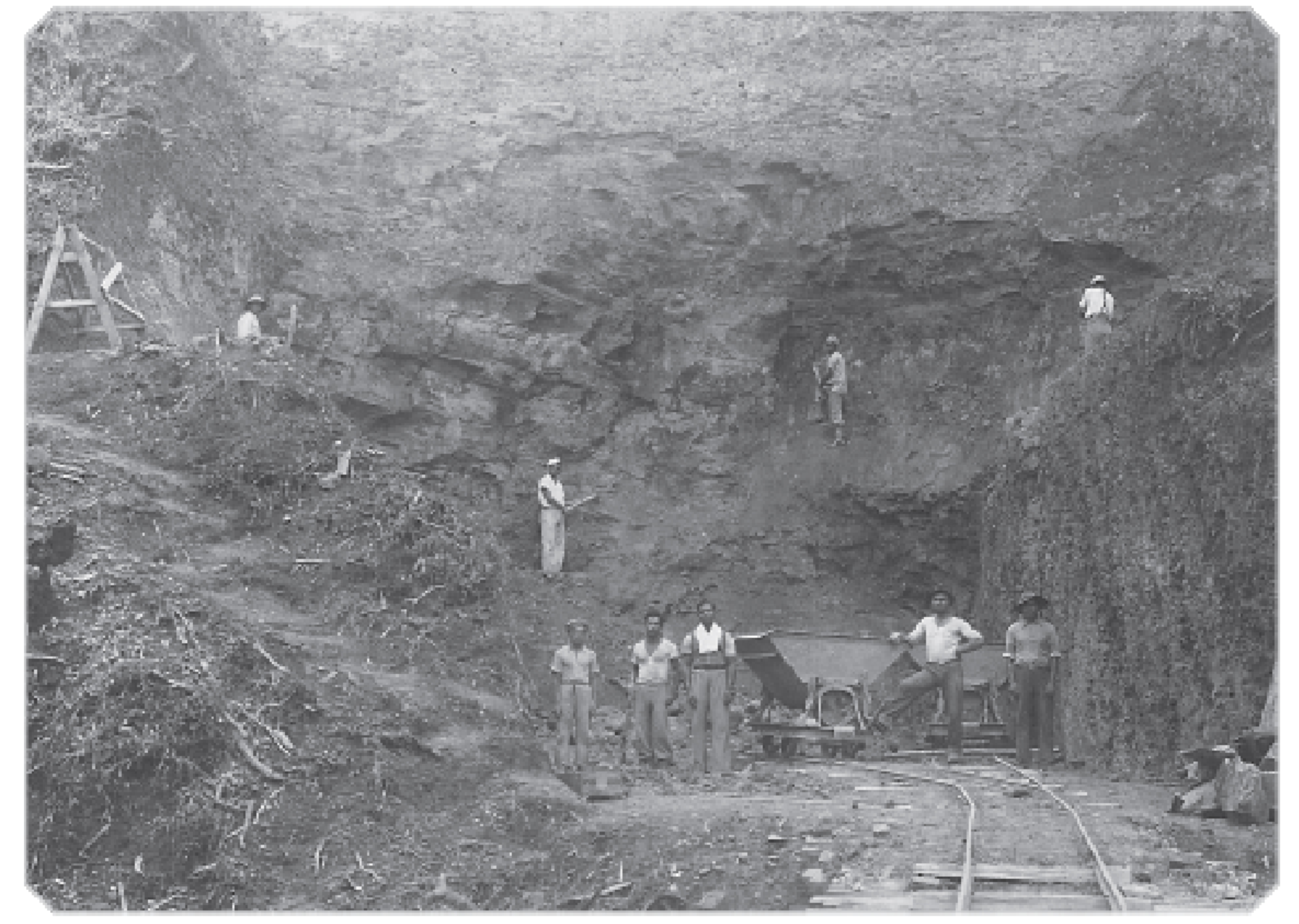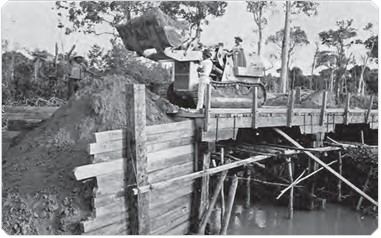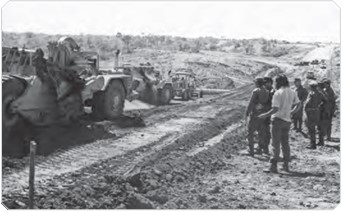Engineering in the Development of Brazil
1822-1889
History proves that the work developed by Brazilian Army Engineering has always sought to achieve both national defense and country development. In this sense, notice that the interests compete for the same purpose, which is to provide the nation with a structure capable of promoting its safeguard, as well as its progress.
From the first moments, even before the independence, on September 7th, 1822, a gigantic task of demarcating and defending the immense and unknown territory that would become Brazil we know today was already seen. This fact can be understood as the embryo of Brazilian Military Engineering, as it brought to the new lands the knowledge of the art of engineering which provided Brazil, at that time, with the bases for the desired territorial integrity and development.
Between 1822 and 1889, engineers trained by the Brazilian Army began to deploy across the country, producing actions that would mark the process of modernization and conquest of the territory. After the Era of Arsenals, with the consolidation of its own structure capable of acting and reacting, defending and attacking, military engineering had to assume a new trajectory in the face of Brazil that should continue to grow. In this sense, in addition to the combat aspect, the participation of military engineering in highways and railways constructions throughout the country was crucial for the flourishing of a new nation.
After Independence, it is worth noting that the Royal Corps of Engineers, which was created by John VI, gave rise to the Imperial Corps of Engineers, which had most of the technicians of the time on its staff. This corps had no great military traditions, as a result of its peacetime activities and its officers, who were much more technicians than combatants.
Brazilian Military Engineers were already able to carry out rigorous planning for the construction of public works for the benefit of the State. However, it was only with Law No 2911, from September 21st, 1880, and the increase in the size of the Engineers Battalion, that they were given a new mission.
They would also be employed in the construction of railways, strategic telegraph lines and other military engineering works for the State, under the direction of officers from the scientific bodies designated by the Government.
Even with the constant presence of private companies in the nation's development process, Military Engineering continued to act in strategic projects, especially in the construction of roads and railways, telegraph lines, as well as in permanent fortifications and in mapping the territory. In 1888, the Imperial Army was reorganized and the Engineers Battalion was transformed into the 1st and 2nd Engineering Battalions, from which the rail and road battalions and, later, the construction battalions were derived.
Finally, over time, following modernization and adapting to the needs of Brazil and its Army, military engineering continued to fulfill the most diverse missions that helped to maintain national unity and territorial integrity.





